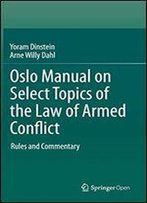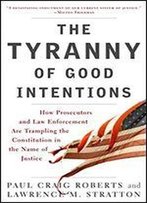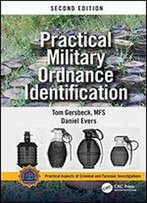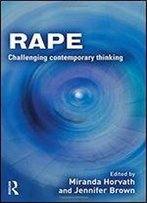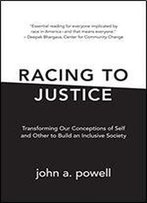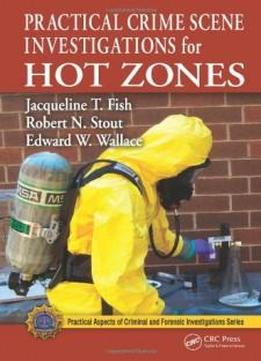
Practical Crime Scene Investigations For Hot Zones (practical Aspects Of Criminal & Forensic Investigations)
by Jacqueline T. Fish /
2010 / English / PDF
14.5 MB Download
The work of Crime Scene Investigators (CSIs) is made more complicated when the scene is contaminated by either Chemical, Biological, Radiological, Nuclear, Explosives (CBRNEs) or Toxic Industrial Chemicals (TICs). Special considerations must be observed when working at such scenes, whether they are the result of acts of terrorism, accidents, or natural disasters.
The work of Crime Scene Investigators (CSIs) is made more complicated when the scene is contaminated by either Chemical, Biological, Radiological, Nuclear, Explosives (CBRNEs) or Toxic Industrial Chemicals (TICs). Special considerations must be observed when working at such scenes, whether they are the result of acts of terrorism, accidents, or natural disasters.Practical Crime Scene Investigations for Hot Zones
Practical Crime Scene Investigations for Hot Zones contains guidelines and best practices for keeping CSIs safe and conducting a thorough crime scene investigation in these deadly environments.
contains guidelines and best practices for keeping CSIs safe and conducting a thorough crime scene investigation in these deadly environments.A compilation of professional experiences and observations from CSIs who have encountered these challenges in the field, the book offers strategies for dealing with a host of scenarios. The expert contributors discuss practices and procedures validated by the U.S. Department of Homeland Security and the FBI’s Hazardous Materials Response Unit and Laboratory. Topics discussed include:
A compilation of professional experiences and observations from CSIs who have encountered these challenges in the field, the book offers strategies for dealing with a host of scenarios. The expert contributors discuss practices and procedures validated by the U.S. Department of Homeland Security and the FBI’s Hazardous Materials Response Unit and Laboratory. Topics discussed include:Chemical, biological, radiological, and nuclear threats encountered by CSIs and other personnel
Chemical, biological, radiological, and nuclear threats encountered by CSIs and other personnelLaws, regulations, and standards that apply to working in a hazardous environment
Laws, regulations, and standards that apply to working in a hazardous environmentEquipment for personal protection and evidence recovery
Equipment for personal protection and evidence recoveryRoles and responsibilities of personnel on the scene
Roles and responsibilities of personnel on the sceneCollecting, processing, and documenting evidence
Collecting, processing, and documenting evidenceDecontamination of the scene
Decontamination of the sceneHigh consequence events (HCEs) have increased in recent years as terrorism and natural disasters have dominated the headlines. Enhanced with nearly 300 color photos, this one-stop reference supplies practical information to keep CSIs, first responders, HAZMAT technicians, incident commanders, and military and intelligence officials safe from the hazards they may encounter on the job.
High consequence events (HCEs) have increased in recent years as terrorism and natural disasters have dominated the headlines. Enhanced with nearly 300 color photos, this one-stop reference supplies practical information to keep CSIs, first responders, HAZMAT technicians, incident commanders, and military and intelligence officials safe from the hazards they may encounter on the job.
